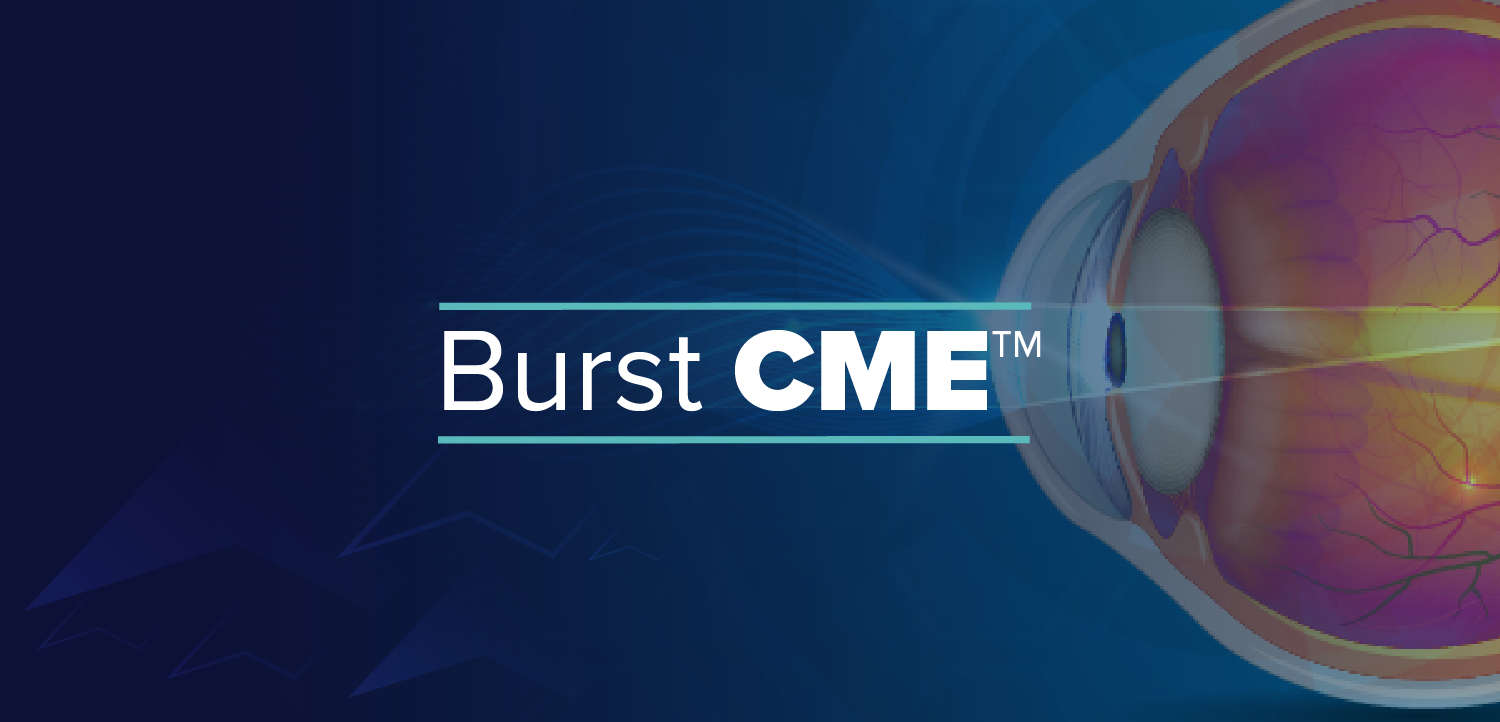Recurrent corneal erosions clinical trial to begin
Cohasset, MA–Holles Laboratories is sponsoring a clinical trial of Dehydrex as a potential treatment for recurrent corneal erosions.
Cohasset, MA–Holles Laboratories is sponsoring a clinical trial of Dehydrex as a potential treatment for recurrent corneal erosions.
The trial is funded by an orphan drug grant from the FDA. It will compare the effects of Dehydrex to Bausch & Lomb's MoistureEyes.
Patients may qualify for the trial if they have a diagnosis of recurrent corneal erosion due to membrane dystrophy or post-traumatic abrasion, and have one documented episode within the past 4 months, as well as one prior episode.
The trial will give two out of three patients the Dehydrex, while the remaining third will receive the control treatment. Patients will take the medicines five times a day for 8 weeks.
Patients will be asked to have six visits over a 6-month period, and a telephone interview at 12 months. The patients' insurance carriers will be billed for office visits, while the study drug will be provided free of charge.
For more information, call John M.Szabocsik, PhD, at 312/553-0828 or 800/645-0996.
Newsletter
Don’t miss out—get Ophthalmology Times updates on the latest clinical advancements and expert interviews, straight to your inbox.















































.png)


